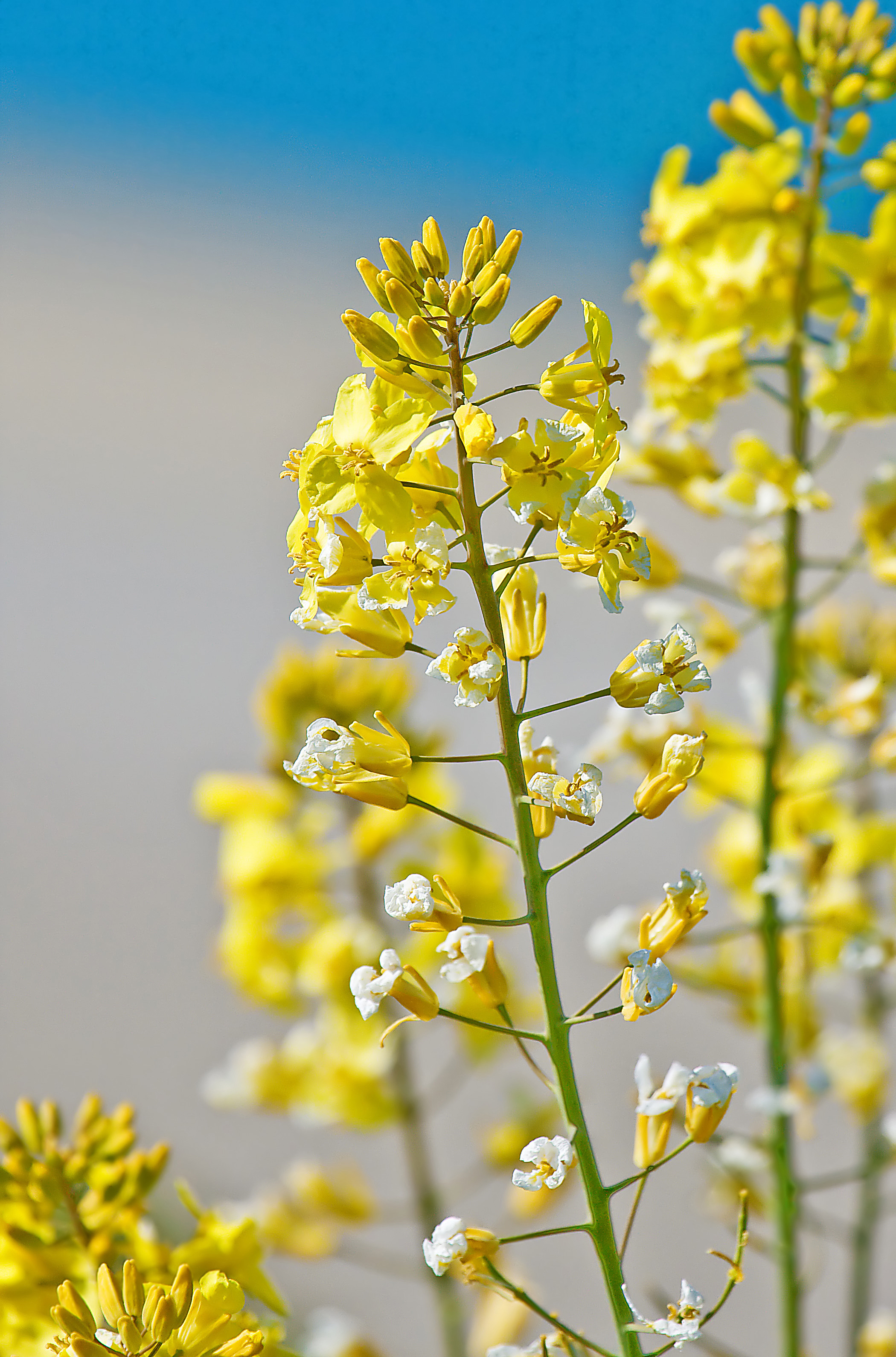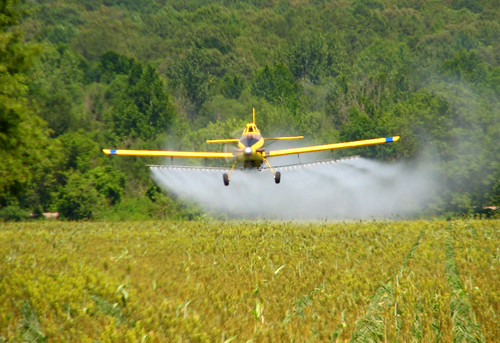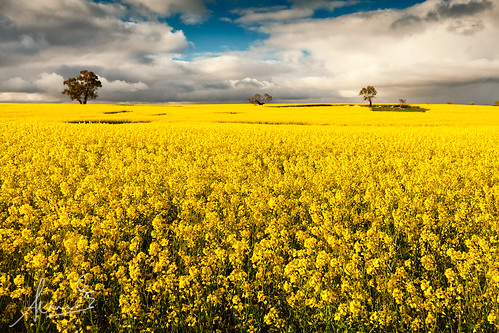October 2011
What's 'natural'?
According to the Oxford English Dictionary, 'natural' is “constituted by nature, existing in or by nature, not artificial”.
This would seem to preclude anything re-constituted with artificial DNA, or containing or changed by artificial materials.
Monsanto, for one, agrees that GMOs are not natural. The Company's definition of GMOs is “Plants or animals that have had their genetic makeup altered to exhibit traits that are not naturally theirs.” The World Health Organisation concurs that GMOs are “Organisms in which the genetic material (DNA) has been altered in a way that does not occur naturally.”
How is it, then, supermarket shelves everywhere abound with processed foods claiming to be “natural, “all-natural”, or ”100%-natural” when they are made from commodity crops universally doused in agrichemicals, and in the US, genetically transformed?
Proof that 'wild' GM plants can quickly become a reality.
October 2011
GM crops were rushed into farmers' fields on the back of sweeping generalisations about what their influences in the environment might be, but very little actual science.
An assumption was made that classic Darwinian mechanisms would render GM plants uncompetitive and therefore self-limiting outside of cultivation.
Added to this was a lot of wishful thinking about the effectiveness of man-made protocols to prevent gene 'escape'.
Since then, the rarity of reported GM introgression into the wild has been an additional excuse to dismiss environmental risks.
In many cases, the assumptions and wishful thinking may be true. But there's certainly one major GM crop which doesn't, and never could be expected, to fit the man-made mould.
 |
| Wild Mustard. Picture from Wiki Commons |
An assumption was made that classic Darwinian mechanisms would render GM plants uncompetitive and therefore self-limiting outside of cultivation.
Added to this was a lot of wishful thinking about the effectiveness of man-made protocols to prevent gene 'escape'.
Since then, the rarity of reported GM introgression into the wild has been an additional excuse to dismiss environmental risks.
In many cases, the assumptions and wishful thinking may be true. But there's certainly one major GM crop which doesn't, and never could be expected, to fit the man-made mould.
GM illegal trespass
October 2011
At one time, the GM brigade assumed, or at least hoped, that organic farmers would welcome genetically transformed seed as an easy route to avoiding artificial pesticides.
 |
| Canola. Picture by net_effekt on Flickr |
While the US government continues to try to insinuate GM into organics, and the Western Australia agricultural minister, Terry Redman, wants the organic industry to allow GM contamination (see AUSTRALIAN ORGANIC FARMER IN FIRST GM CONTAMINATION LAWSUIT - October 2011), the end users are not so easily persuaded. The fact remains that organic farmers and consumers everywhere want food which has been produced by working with nature at all stages of the process. This has put organics, a lucrative and fast-developing market, on a direct collision course with GM.
Organic agriculture also highlights questions about food quality, safety and sustainability which the biotech industry would rather not visit.
Australian organic farmer in first GM contamination lawsuit
October 2011
Australia is lagging many years behind America in the GM game, but its government is trying hard to play catch up.
With polls showing a majority of Australians are 'uncomfortable' with GM plants and more so with GM animals, the government seems to be resorting to spin and subterfuge.
In 2010, the Western Australia (WA) agricultural minister, Terry Redman, ended his state's ban on the growing of GM canola. At the time, he declared confidently that the crop could be controlled, and quoted scientific trials which “proved GM and non-GM canola can be segregated and marketed separately. The report on the trials indicated there were 11 minor events (on 18 sites) and all were managed appropriately and segregation from paddock to port was achieved”
Superweed problem won't go away
October 2011
 |
| Crop dusting in the US Photo by Roger Smith on Flickr |
These warnings were largely dismissed as scare-mongering.
However, now even the press in Monsanto's home ground is reporting on what's happening in Roundup Ready fields, and it's not good news.
American fig-leaf 'regulations'
October 2011
 |
| Round hay bales of alfalfa in a Montana field, USA Photo from Wikimedia Commons |
You'll have heard repeated industry claims that its GM crops have been approved. This is true, but they refer to a purely voluntary process described by GM-critics as a “fig-leaf”. The only purpose of the voluntary GM approval system is to give an illusion of regulation: it suggests the government is doing its job, and lets the industry demonstrate how safety-conscious it is. It will also let industry well and truly off the hook when GM goes wrong.
How did the US administration achieve this industry-friendly, every-one-else-unfriendly set up?
GM safety review 2011
October 2011
In 2007, one reviewer of the published science on toxicological and health risks of GM foods, ended his short study with a question:
 |
| Corn kernels Photo by Ian Hayhurst on Flickr |
“where is the scientific evidence showing that GM plants/food are toxicologically safe, as assumed by the biotechnology companies involved in commercial GM foods?”The same author, José Domingo, has now repeated his review process for the subsequent years (2006-2010).
Monarch butterfly in trouble in Mexico
October 2011
In 1999, American citizens were briefly alerted to encroaching GM crops, and to the possibility such crops might not be totally benign.
The first warning didn't concern any risks to human health, soil integrity, agricultural sustainability, environmental stability, nor economic and commercial interests. Ironically, it sounded an alarm that their favourite and prettiest butterfly might be under threat.
 |
| Monarch butterfly Picture from Wikimedia Commons |
In 1999, American citizens were briefly alerted to encroaching GM crops, and to the possibility such crops might not be totally benign.
The first warning didn't concern any risks to human health, soil integrity, agricultural sustainability, environmental stability, nor economic and commercial interests. Ironically, it sounded an alarm that their favourite and prettiest butterfly might be under threat.
Subscribe to:
Posts (Atom)

